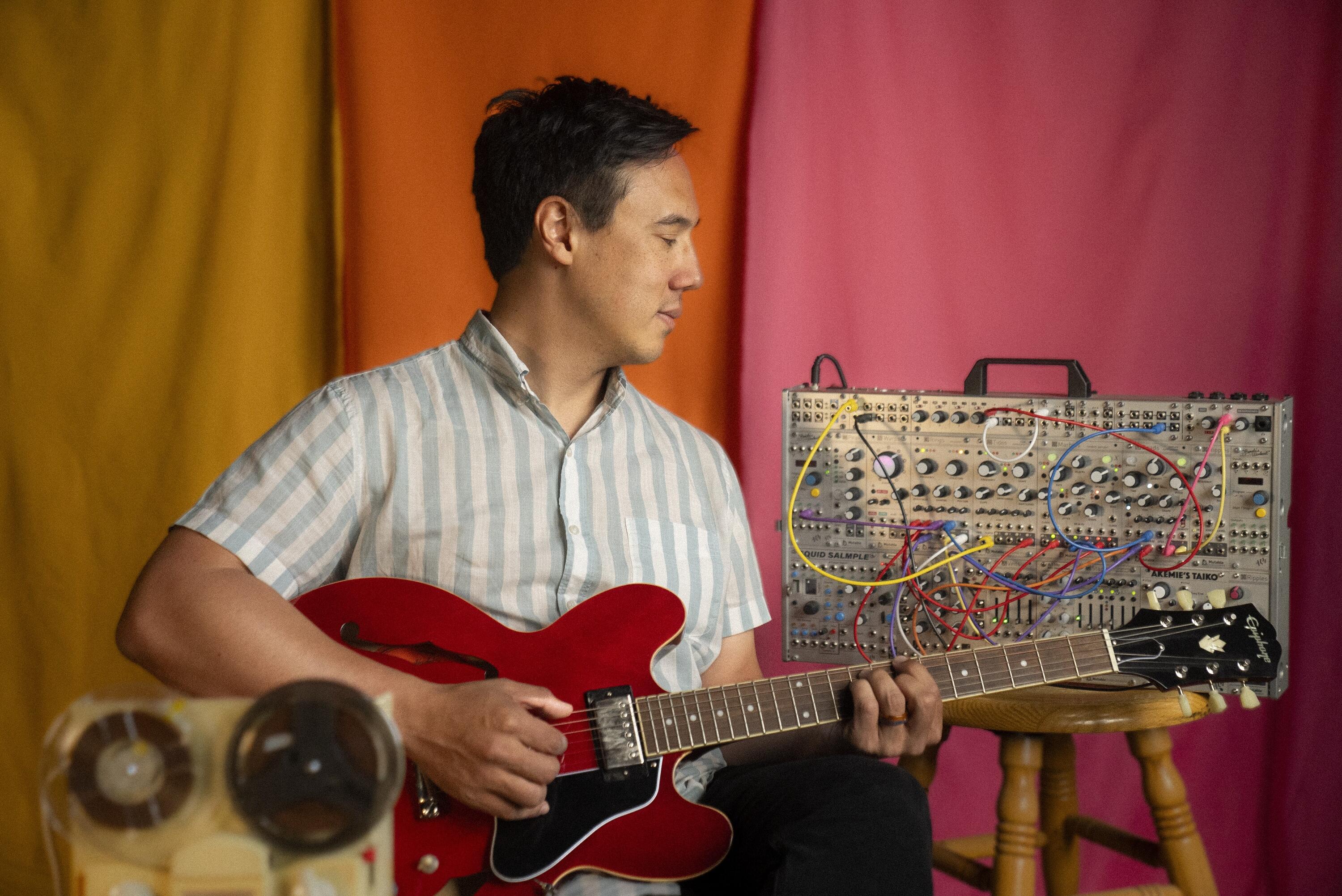No-No Boy in Concert

Event description
- Arts and entertainment
- Campus life
- Free
- Inclusion
- Open to the public
Join Julian and Emilia Saporiti of No-No Boy for an immersive multimedia concert at ASU’s picturesque Kerr Cultural Center. The event combines folk songs, place-based sound recordings, archival materials, thermal images of desert environments and storytelling to communicate the rich possibilities of engaging with place. Some of the songs performed at the concert will emerge from arts-based fieldwork conducted in the Phoenix Valley.
No-No Boy’s integrative approach to music-making prompts us to consider how individuals often “find themselves and a sense of community through the past.” The sonic samples of place, including from immigrant detention centers and WWII Japanese internment camps, run through the landscape of No-No Boy’s music, making present the people and places often absented in the telling of history. In a documentary made about No-No Boy’s work, Julian states, “History is a mess that doesn’t make sense...... but songs are such a wonderful way to deal with it. You can sit with the mess and sing through the mess – and that can allow you to shine light on what’s happening today.”
This concert is the culminating event of the Inter-Desert Dialogue series, which was organized by Megan Todd and Jada Ach.
Tickets are free, but you must register in advance.
Doors open at 6:30 p.m. AZ MST for a light reception.
Concert will begin at 7:30 p.m.
Bio:
No-No Boy is a collaborative performance with Julian Saporiti and Emilia Halvorsen Saporiti. The No-No Boy project developed as a central component of Julian’s PhD research at Brown University. They have released three albums: 1942, 1975 and Electric Empire.
Co-sponsorships:
Funded by a Seed Grant from ASU’s Humanities Institute, and sponsored by ASU’s Desert Humanities Initiative, Public History in School of Historical, Philosophical & and Religious Studies, Environmental Humanities Initiative, Global Institute of Sustainability and Innovation. Additional support from the College of Integrative Sciences & Arts and the Hugh Downs School of Human Communication.

